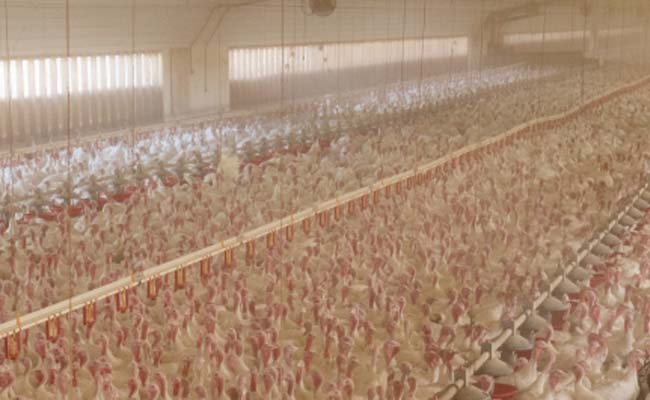The United States faces a grim warning from a joint report by Harvard Law School and New York University, which explores the interactions between humans, livestock, and wild animals in the country. Throughout history, numerous dreaded diseases such as HIV/AIDS, Ebola, Zika, pandemic flu, and COVID-19 have originated from animals, often in other countries, particularly in Africa and Asia. These zoonotic diseases are typically attributed to poor hygiene, lack of government oversight, or unsafe practices in those regions.
The next pandemic could spring from the US meat supply
Contrary to the common belief that such outbreaks couldn’t happen in the U.S., the report reveals that the country is not immune to the threat. Researchers discovered that due to lax regulations and frequent human-animal interactions, the United States is highly susceptible to a virus or contagious bug leaping from animals to humans, potentially triggering a deadly outbreak.
The report highlights several areas of vulnerability, including commercial farms with millions of livestock in close proximity to each other and their handlers. Additionally, the wild animal trade poses a risk as animals are imported with little or no health checks, and the fur trade, where minks and other animals are bred for their coats, lacks sufficient safety oversight.

Globalization has erased natural disease barriers, facilitating the mixing of animals and pathogens across continents at an ever-increasing pace. The U.S. raises approximately 10 billion land animals each year, a number that continues to rise rapidly, with pigs and poultry being particularly numerous. This concentration of animals in close quarters increases the likelihood of a severe flu outbreak.
The report’s findings have been met with resistance from industry representatives who defend their practices as safe. Nevertheless, experts point out the lack of adequate regulations, especially in on-farm raising of animals and slaughterhouses, which may further increase the risk of disease spread.
The fur industry, which is even less regulated and not involved in food production, is also a cause for concern. Recent studies highlight mink farms as potential sources for future disease outbreaks and pandemics. During the COVID-19 pandemic, mink were found to be susceptible to SARS-CoV-2, with outbreaks detected on 18 American mink farms. A few individuals, including farm workers, were believed to have contracted the virus from the animals.
In conclusion, the report serves as a stark reminder that the next global pandemic could very well emerge from the United States if proper measures and regulations are not implemented to mitigate the risks posed by human-animal interactions and the wildlife trade.




